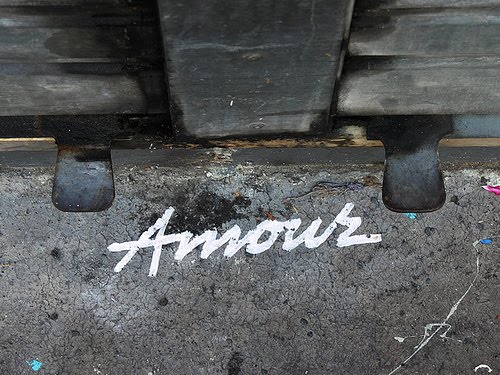We were asked to look up on Cross-Search (an absolute nightmare might i add) stuff about our previous thoughts, mine being the Graffiti "problems". It was a bit of a stressful "activity" that made me want to puke a few times with sheer frustration and worry. But here goes...( I bet you I've done it all wrong)
Austin,J,2001, Taking The Train : How Graffiti Art became An Urban Crisis in New York City, Columbia University Press.
I was quite shocked by this article as it talks about how in the 1960's and early 1970's in New York City, a city short on funds, at the time, wanted to "wipe out" graffiti and so this was an expensive priority and other needs went unnoticed and unfunded!
The "epidemic" started as the city youths were being greatly influenced by the wide spread use of famous names that were displayed everywhere, on billboards, sides of buses,trains etc.
It tracks how graffiti assumed crisis level importance as so the Bureaucracy and Public Relations in New York City AND the Metropolitan Transport Authority took notice and tried to prevent and clean it up for almost 2 decades!
Bemused by the slight idiocy of wasting 2 decades on something that can't really be stopped, an interesting read about the dumb...Calvin, I. M, 2005, Graffiti, the Ultimate Realia : Meeting the Standards Through An Unconventional Cultural Lesson, Journal Devoted to the teachings of Spanish and Portuguese.
This journal talks about graffiti being and unconventional advertisement, billboard, created by students and their peer group to attract attention.
Since it is a learning journal, it talks about language teachers and how they should use the graffiti as teaching tools rather than banishing them completely. It demonstrates the use of graffiti and how it can be a "truly academic exercise" for lessons in language and culture.
It gives procedures for lessons and graffiti samples to show to the class as well as possible extensions of the topic if interested for the language teachers.
Halsey,M, 2006, "Our Desires are Ungovernable" - Writing Graffiti in Urban Space.
I found this book interesting as it seemed like it "sat on the fence" in the debate of good or bad graffiti.It considers the hidden aspects of graffiti in the cultures today along with detailed interviews with graffiti writers or artists, which again was another interesting point of view.
It covered 4 main themes throughout it; the motivation for carrying out graffiti, the threshold of dividing "vandalism" and "art" with graffiti, the reactions of the graffiti artists to a "blank" surface and what makes them want to graffiti in a certain place and lastly and perhaps most important, how graffiti is perceived in relation to other types of vandalism.
Martinez,S, 2009, Graff: The Art and Technique of Graffiti, IMPACT books.
This book was VERY interesting to have a scope through. It actually helps you to create, legally, graffiti It talks in depth about the techniques used buy graffiti artists and gives real instructions on hoe to create sketching of work and the basics of developing letter forms etc.
On a more serious note to the book it discussed the roots of graffiti and its roots in vandalism, but also talks about it as an art form.
I thought this was a great book as it helps the reader differentiate between the "vandalism" side and the "art" side of graffiti.
Werwath, T, 2006, The Culture And Politics of Graffiti Art, Independent Research paper - Wilde Lake High School, Columbia, MD, USA.
I found this article interesting as it was from someone younger who talked about graffiti's politics as well as the culture behind it. Werwath writes about the history, again, behind the art of graffiti and how graffiti had a social significance and the intentional or unintentional goal of it.
He describes the 3 major types of modern graffiti; "tag", "throw-up" and "piece" and also how there are motives behind producing graffiti, is it a mass communication / cultural frustration i.e war, or is it for an individual to express themselves e.g Blu?
Whitford.M.J, 1991, Getting Rid of Graffiti: Practical Guide to Graffiti Removal and Anti-Graffiti Protection, Spoon Press.
I decided to look at this book because it was an "anti-graffiti" book and was the opposite of what i was wanting really. It made some interesting points on todays effectiveness with modern chemical systems and the economic benefits of the approach.
It goes in to great detail in techniques on how to get rid of graffiti and gives practical references. It also helps in helping to identify and understand the surface of the affected area before helping the reader choose what removal methods would be best suited to it.
It also talks about protecting surfaces against graffiti which is what i had originally thought about when i first started out with the "graffiti" problem until i realised it wasn't actually one.
The book is very interesting as the whole book is based on the first hand experiences of the people at London Underground and what they are doing to prevent and remove the graffiti.
Finished? Phew...
Fix up. Look sharp.
Listening to -



2 comments:
Brassaï - Graffiti
check it out in the college library.
x
seems right to me love!...although i think its assignment 3? or i done it wrong :| ooops
i like how u have a different back ground! i'm too much of a silly to work tht one out x
Post a Comment